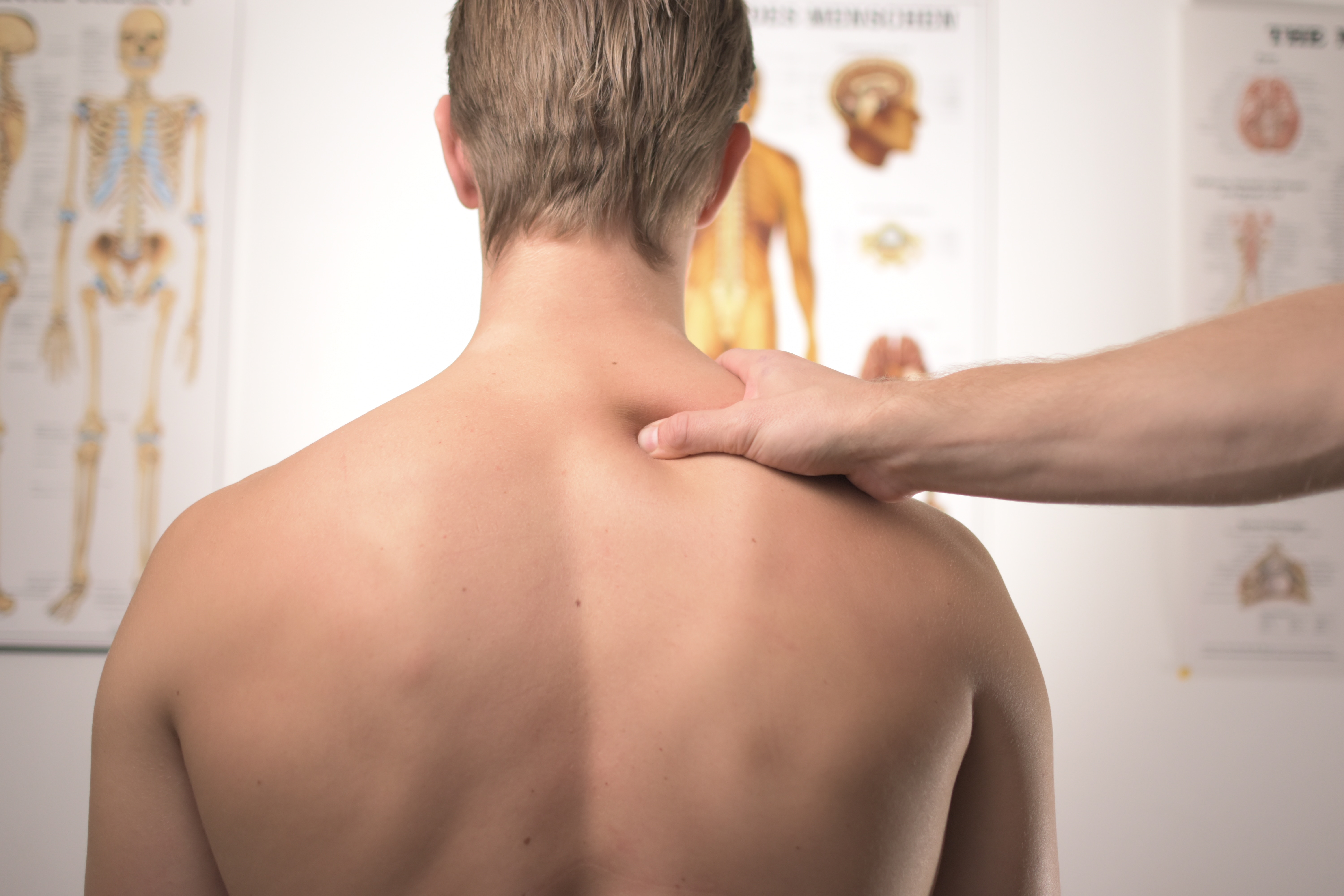Exercise
Once myositis is under control, exercise can help to restore muscle strength.


Exercise
Exercise is a really important part of the treatment plan for people with myositis and can help to improve and restore muscle strength. It has also been shown to reduce inflammation and fatigue, and increase stamina. Aerobic or static exercise is safe and will not cause damage to the muscles or joints in people with myositis.
Regular physical activity can also reduce the risk of chronic diseases that are possible complications of myositis, including type II diabetes, osteoporosis, cardiovascular disease and hypertension. Exercise is therefore doubly important.
Exercise is particularly important for those with inclusion body myositis (IBM), as this type of myositis does not respond to medication.
If you have myositis, your doctor and physiotherapist will advise on exercises as part of your treatment plan. These exercises can be tailored to you and your abilities.

Why does exercise help?
In order to move your body, you need lots of different muscles groups to work together. But if one group of muscles has been weakened, such as through myositis, other muscles will have to work harder to compensate and create the movement. This can lead to feelings of fatigue and even pain.
The natural instinct is to avoid moving and rest muscles. However, if muscles are not exercised regularly, they become weaker and can risk wasting away (known as atrophy).
Muscles begin to lose strength within 24-48 hours of inactivity. Maximum muscle strength is lost within the first six weeks. The only way to recover muscle strength is by using your muscles. If muscles atrophy, they cannot be built back up again.
So exercise is very important – it keeps weak muscles from atrophying and helps the body compensate for weakness by strengthening surrounding muscles.

Exercise and IBM
Exercise is particularly important for those with IBM as this type of the condition does not respond to medication. Exercise will help to get the most out of weakened muscles. Targeting muscle groups not involved in the disease can also help to keep people with IBM mobile.
However, for those with IBM it is important to take it steady and build up exercise gradually. Exercising with weakened muscles can increase the risk of falls and injuries that can lead to further disability. It’s about striking a balance between undertaking regular exercise within your capability and avoiding injury through accident.
Because weakened muscles cannot carry an excess load, keeping to an ideal weight is helpful. This may be obvious, but weight control is more difficult when exercise is limited.

Physiotherapy
Physiotherapy and exercise can help to build up the tone of muscles that have wasted away but are not yet damaged. Appropriate exercises can also help to maximise the efficiency of the relatively unaffected muscles. Together with medical treatment, physiotherapy and exercise can make weak muscles strong again, particularly in children and young people.
Stretching exercises can prevent or limit contractures and keep muscles loose or supple. Contractures are a condition where the muscle fibres have become fibrous and lose their elasticity. This in turn causes a tightness of the muscle to a degree where joint ranges can become restricted.
For those with IBM who have difficulty walking, physiotherapists can advise on walking aids (sticks etc). Physiotherapists can also teach you how to transfer between chairs, beds and wheelchairs if and when they become necessary.

Rest
Alongside exercise, rest is also another aspect that is very important. During times of increased muscle weakness, people with myositis need to take frequent rest periods during the day, and to limit activity to a tolerable level. As the condition improves and inflammation has died down, fewer rest periods are required.
Complete inactivity is harmful and can actually increase muscle weakness. The physiotherapist is invaluable in advising on an exercise programme to balance rest and activity.

Top five tips for exercising
- Remember to speak to your doctor and physiotherapist before starting a new exercise routine or programme.
- Find activities that are manageable, enjoyable and can easily be built into your daily routine.
- Don’t run before you can walk – build up intensity and duration gently and gradually.
- Remember to warm up and cool down.
- Remember to rest, especially if your myositis is having a flare up.

